We help companies grow by taking the hassle out of finding the best talent
When you hire with Crossbridge you get a collaborator who works in your time zone and it’s as commited to your company as you are.
Companies growing with us







Areas of
Expertise
Whether you need additional support for networking, cybersecurity or database management, you name it, we find it.
Software Development
Quality Software Testing
Cloud & DevOps Engineering
BI & Data Management
Infrastructure Management
Artificial Intelligence
Product Management
Tech Support
Clients
Testimonials
Our partnership with Crossbridge has been wonderful. The talent provided to us has been amazing. The employees are super knowledgeable, professional, and ready to work. The Crossbridge folks on our Configuration team are Rock Stars and the team in Support is on fire! It's truly a pleasure to work with such a group of tech professionals.
Thank you for providing Chrome River with such an awesome and amazing team.

CrossBridge has been a great partner for Saddleback. They have provided great resources that are not only capable, but are delightful to work with. CrossBridge management is quick to respond to issues, and have been exceptional.

Crossbridge has consistently provided excellent customer service, with smart and easy to work with staff. I have been very impressed with the tech talent they have found for me.
SupportedPatient
Learn and Grow
Latest from Blog
Join our Newsletter to stay update
Have questions about how you can reduce your cost of technical labor?
Schedule a call with a Crossbridge team member







